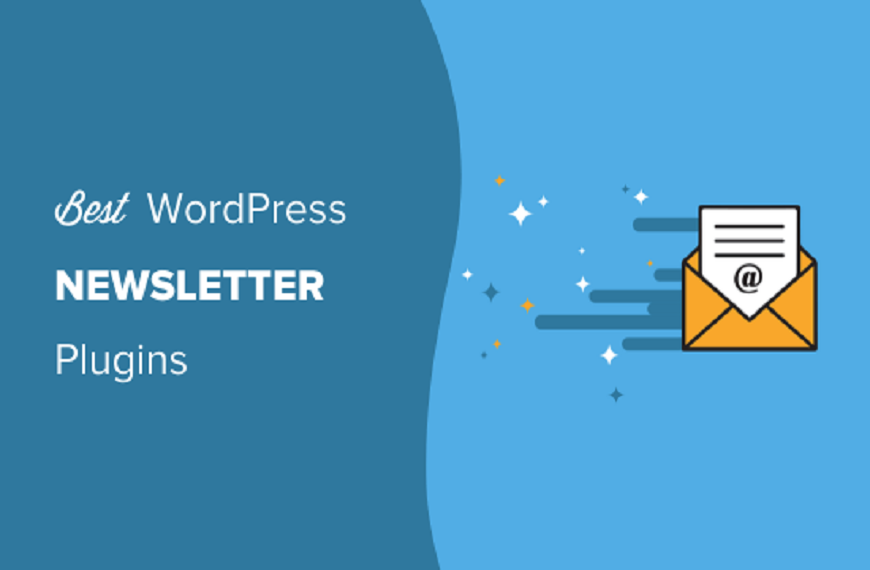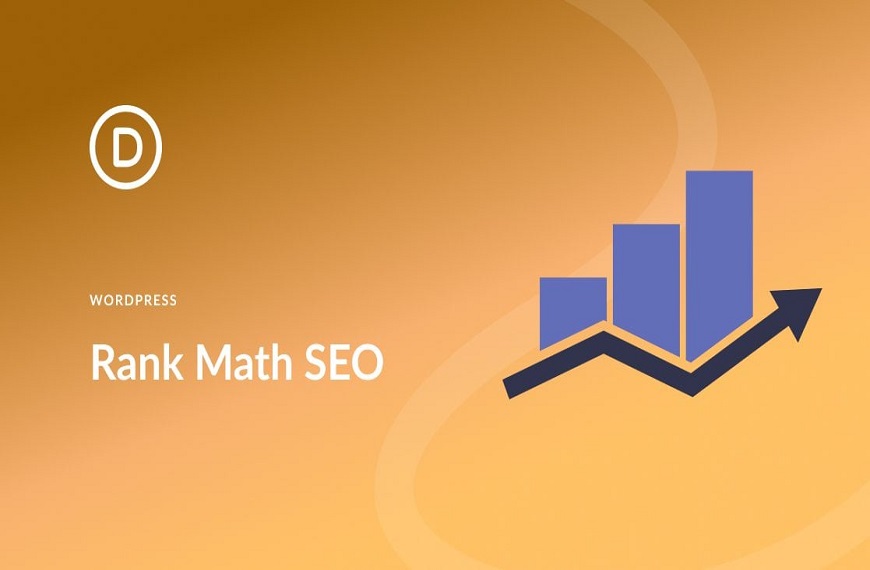Table of Contents
- How to Choose the Right Theme for Your WordPress Website
- Tips for Optimizing Your WordPress Website for Search Engines
- How to Create an Effective and Engaging Home Page for Your WordPress Website
- Best Practices for Creating an Easy-to-Navigate WordPress Website
- How to Secure and Protect Your WordPress Website from Hackers
Welcome to my Make a WordPress website guide! In this guide, I will walk you through the process of creating a WordPress website, from the initial stages of setting up hosting and registering a domain name, to the final steps of launching your site and making it live. I’ll provide step-by-step instructions for each part of the process, as well as helpful tips and resources to make your WordPress website building experience smooth and successful. By the end of this guide, you will have a fully functional and well-designed WordPress website! So, let’s get started.
How to Choose the Right Theme for Your WordPress Website
When selecting a WordPress theme for your website, it is important to consider the functionality and aesthetic elements that will best reflect your website’s purpose and content. To help you make the right choice, here are some key factors to consider:
1. Responsiveness: The theme you select should be mobile-friendly, meaning it should display well on both desktop and mobile devices. This is an important factor for SEO and user experience.
2. Design: Look for a theme that provides the features and design elements you need to create the look and feel you want. Consider the type of content you will be displaying, such as images, videos, or text, and choose a theme that best supports these elements.
3. Flexibility: Choose a theme that is customizable and easy to manage. Look for features such as custom widgets, page templates, and layout options that allow you to alter the design and functionality of your website.
4. Support: Select a theme that offers good customer support. This will make it easier to troubleshoot any issues you may have with the theme. By taking the time to research and select the right theme for your WordPress website, you will be able to create a website that meets your needs and reflects your desired aesthetic.
Tips for Optimizing Your WordPress Website for Search Engines
1. Utilize a Search Engine Optimization Plugin: Using a good search engine optimization (SEO) plugin can help simplify the process of optimizing your WordPress website for search engines. Popular plugins like Yoast SEO and All in One SEO can help you easily create titles, descriptions, and keywords for each page and post on your website.
2. Set Up a Sitemap: A sitemap is a list of all the pages and posts on your website. It helps search engine crawlers quickly find and index your content. You can easily set up a sitemap in WordPress using a plugin like Yoast SEO or Google XML Sitemaps.
3. Use SEO-Friendly URLs: URLs should contain keywords that accurately describe the page or post. This helps search engines understand the content of your page and potentially rank it higher in search results.
4. Optimize Your Images: Images should have descriptive file names and alt text that contains keywords related to the image. This helps search engines understand the content of your images, as well as the context of the page.
5. Add Internal Links: Adding internal links from one page to another can help search engine crawlers find and index all the pages and posts on your website. It also helps users easily navigate through your website.
6. Enable Caching: Enabling caching on your website can help reduce the loading time and improve user experience. You can enable caching in WordPress using a plugin like W3 Total Cache or WP Super Cache.
7. Use Schema Markup: Schema markup is a type of code that helps search engines understand the content of your website. You can easily add schema markup to your WordPress website using a plugin like WP SEO Structured Data Schema.
How to Create an Effective and Engaging Home Page for Your WordPress Website
Creating an effective and engaging home page for your WordPress website is an essential part of ensuring a successful web presence. It is the first page visitors will see and should provide an attractive and informative overview of your site that encourages visitors to explore further.
To create an effective and engaging home page, start by considering the purpose of your website. What are your goals for the website and what do you want visitors to do when they reach the homepage? This will help guide the design and content of your home page. Next, create a focused and organized layout for your home page. Include a header, a footer, and at least one sidebar.
The header should include a simple logo and navigation menu. The footer should include contact information, a privacy policy, and other important information. The sidebar should include the most important links to other pages of the website. Create a visually appealing design for your home page. Use contrasting colors and fonts that are easy to read and don’t overpower the page.
Use images and videos to draw attention to important content and highlight key features of your website. Finally, create content for your home page that is engaging and informative. Focus on writing concise copy that is easy to read and provides an overview of what your website has to offer. Include a call to action that encourages visitors to explore further or take a specific action. By following these steps, you can create an effective and engaging home page for your WordPress website that will help capture the attention of visitors and encourage them to explore further.
Best Practices for Creating an Easy-to-Navigate WordPress Website
1. Choose a Responsive Theme: Selecting a WordPress theme that is responsive is essential for creating an easy-to-navigate website. Responsive themes automatically adjust your website’s layout, including menus and other elements, to the size of the device being used to access it. This ensures that visitors have an easy time navigating your website, regardless of whether they are using a desktop, laptop, tablet, or smartphone.
2. Keep Your Menu Simple: It is important to keep your website’s menu as simple and straightforward as possible. Try to group related pages under a single item on the menu, and limit the number of top-level items. This will make it easier for visitors to quickly find the page they are looking for.
3. Include Search Functionality: Adding a search bar to your website’s menu can be a great way to help visitors quickly find the page they are looking for. This can be especially helpful for larger websites with a lot of pages and content.
4. Utilize Breadcrumbs: Breadcrumbs are an effective way of helping visitors keep track of their location within your website. They provide a trail of links that visitors can follow to quickly retrace their steps back to the homepage.
5. Make Sure Links are Visible: Links should be clearly visible to visitors, and should stand out from the surrounding text. Using a different color for links, or underlining them, can help ensure that visitors can easily identify them.
6. Use Appropriate Link Text: When creating links for your website, make sure that the link text is descriptive and relevant. This will help visitors understand the destination of the link without having to hover over it with their mouse.
7. Optimize Your Pages for SEO: Search engine optimization (SEO) is an important factor to consider when creating a website. Optimizing your pages with relevant keywords and phrases can help improve your website’s search engine rankings, and make it easier for visitors to find your website.
8. Test Your Website: It is important to thoroughly test your website before launching it. This can help you identify any potential issues with navigation or usability, and make sure that your website is easy to use.
How to Secure and Protect Your WordPress Website from Hackers
Securing and protecting your WordPress website from hackers is essential for ensuring the safety of your website and its users. While WordPress is a secure platform, there are still measures you can take to ensure that your website is effectively protected from malicious activity.
1. Keep Your WordPress Core, Plugins and Themes Updated: It is important to keep your WordPress core, plugins, and themes up-to-date. This ensures that any security patches released by the developers are applied, and that the software is running on its latest version.
2. Use Strong Passwords and Two-Factor Authentication: It is important to use strong passwords and two-factor authentication for your accounts and admin areas of your website. This will prevent unauthorized access to your website.
3. Install a Security Plugin: Installing a security plugin, such as Wordfence or Sucuri, is a great way to protect your website from malicious activity. These plugins alert you of any suspicious activity, as well as scan for malware and any potential security vulnerabilities.
4. Limit Login Attempts: Limiting the number of login attempts is another way to protect your website from malicious activity. By limiting the number of login attempts, you can prevent a brute force attack from taking place.
5. Restrict Access to your Admin Area: Restricting access to your admin area is an effective way to prevent any unauthorized access to your website. This can be done by limiting access to certain IP addresses or by using two-factor authentication. By following these steps, you can ensure that your WordPress website is secure and protected from malicious activity. By keeping your WordPress core, plugins, and themes up-to-date and using strong passwords and two-factor authentication, you can secure your website. Additionally, installing a security plugin, limiting login attempts, and restricting access to your admin area can help protect your website from malicious activity.
This Make a WordPress website Guide has provided a comprehensive overview of the steps needed to create a WordPress website. It has provided detailed instruction on setting up hosting, installing WordPress, choosing a theme, and adding content and features to your site. With this guide as a reference, you are now equipped to make a WordPress website that best fits your needs.


